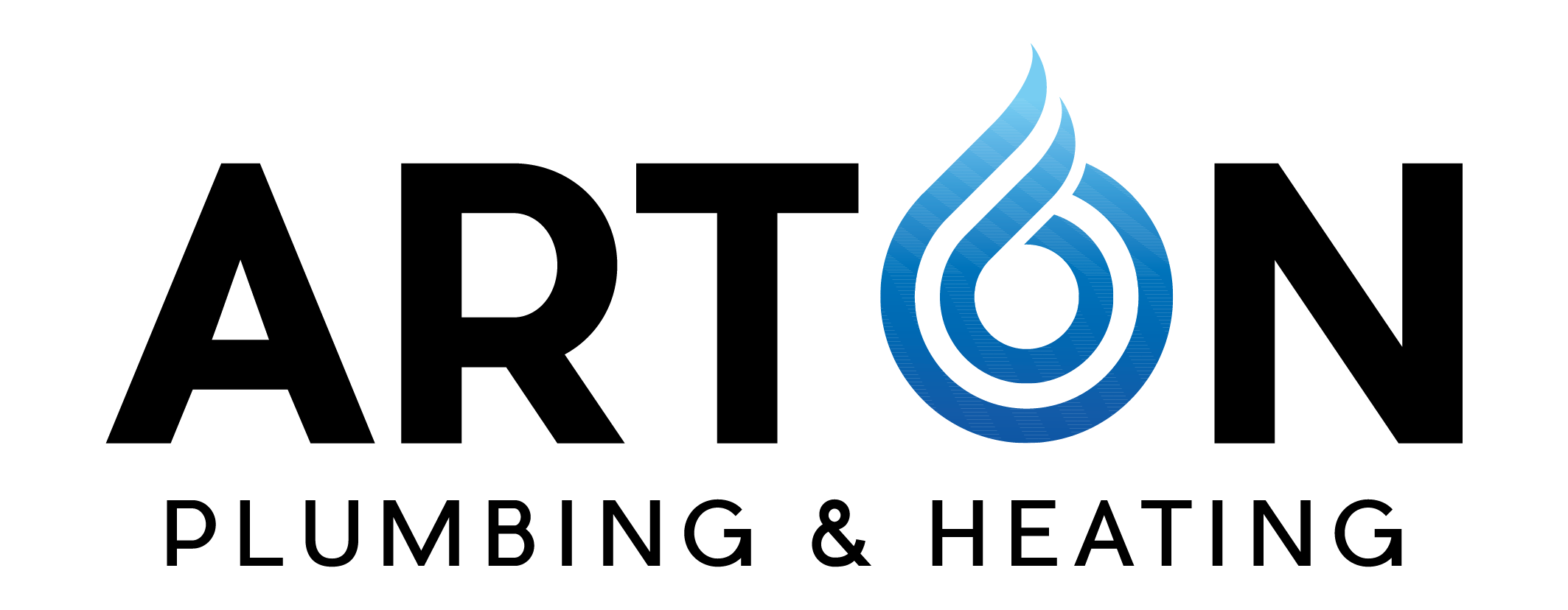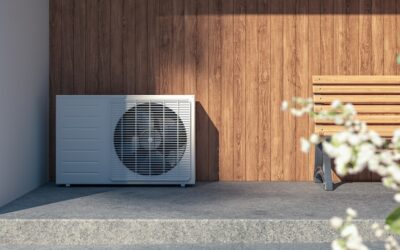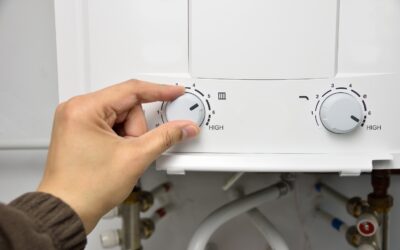Is your boiler on the blink again? It could be a boiler pressure issue. It’s a common problem in boilers, but the good news is that it’s usually something you can fix yourself without calling out an engineer.
In this post, we look at how to check your boiler pressure and how to fix common issues.
How to check your boiler pressure
Most boilers have a small round dial on the front with a red and green zone. If the needle on the gauge is in the red zone, the pressure in your boiler is too high and needs addressing.
On a hydraulic pressure gauge like this, the needle should be in the green zone, which is usually between one and two bars.
If your boiler has a digital display rather than a dial, check the pressure reading is normal. In most cases, the display will flash when there is a problem, i.e. high or low pressure.
Can’t find your boiler’s pressure gauge? It may be behind a drop-down panel or hidden amongst the pipework. Consult your boiler’s manual or look it up online.
What pressure should my boiler be?
Normal boiler pressure is between one and two bars. Anything below one bar indicates low pressure, and the system will need to be re-pressurised (we’ll come back to this later)
A reading above 2.75 bars indicates high pressure, which puts your central heating system at risk of developing a leak.
It’s normal for the pressure in your boiler to increase when you turn on your heating. This is because the heat causes the water to expand, increasing the pressure in the system.
When your central heating is on, you can expect the pressure in your boiler to be between 1.5 and 2 bars – this will drop to around one bar when it’s switched off.
Symptoms of low pressure in a boiler
Your pressure gauge dropping below one bar is the most obvious symptom of low pressure. You might also have noticed that your boiler isn’t getting up to temperature, or you have no hot water.
These are symptoms of low pressure, and although it isn’t dangerous, it needs to be addressed so you can at least run a hot bath again!
Your boiler will lose pressure naturally over time, but if you’ve had to top it up more than twice in the last 12 months, it could be a sign that your central heating system is leaking.
Signs of a leak include:
- Water pooling under the boiler
- Green deposits around the joints on copper pipes
- Stains on the ceiling and/or skirting boards
- Leaky radiator valves
If you suspect your boiler’s low pressure is caused by a leak, contact a Gas Safe engineer.

How to fix a boiler with low pressure
When your boiler loses pressure, it’s because there isn’t enough water in the system. To add more water or ‘re-pressurise’ your boiler, you’ll need to use something called a filling loop.
Most combi boilers have an external filling loop – a braided hose that attaches your heating system to a cold water pipe. The valves at either end of the filling loop are there to let you top up the system with water when needed.
Not all boilers have an external filling loop, some have a keyed filling loop or a keyless internal filling loop. Before you begin, check your boiler’s manual to identify what type of filling loop it has.
For step-by-step instructions on how to re-pressurise your boiler, Worcester Bosch has put together this easy-to-follow video tutorial that covers everything you need to know.
Signs your boiler pressure is too high
If your boiler keeps shutting off or it’s just not working quite right, the pressure may be too high. Check the gauge on the front of your boiler – anything over 2.75 bars indicates that there is a problem somewhere in the system.
Modern boilers are fitted with something called a PRV (pressure relief valve) that lets excess water out of the system through an external pipe when the pressure gets too high.
High pressure isn’t dangerous, but it can cause damage to the boiler long-term. If it keeps happening and your boiler is over ten years old, it might be time to replace it with a new one.
How to reduce boiler pressure
High pressure is sometimes caused by overfilling the system with water or leaving the valves open on the filling loop. If you’ve re-pressurised your boiler recently, check the valves are tightly closed before you do anything else.
If the pressure gauge still shows a high reading, the next step is to bleed your radiators. This is the process of letting excess air out of your radiators to rebalance the pressure in your system.
Most people are able to bleed their own radiators without calling out an engineer but watch out for scalding water and messy spills!
Step-by-step instructions for bleeding your radiators
- Start by turning off your central heating
- Put a towel under the radiator to protect your floor
- Locate the bleed valve on the side of the radiator
- Use your radiator key to turn the valve anticlockwise
- You should hear a hissing sound (this is air leaving the system)
- When the hissing stops, turn the key to close the valve
Repeat this for all the radiators in your house until the pressure gauge returns to normal. If the boiler pressure is still too high, contact a Gas Safe engineer for help.
Learn more on how often you should be servicing your boiler in this blog from Arton’s heating engineers.



